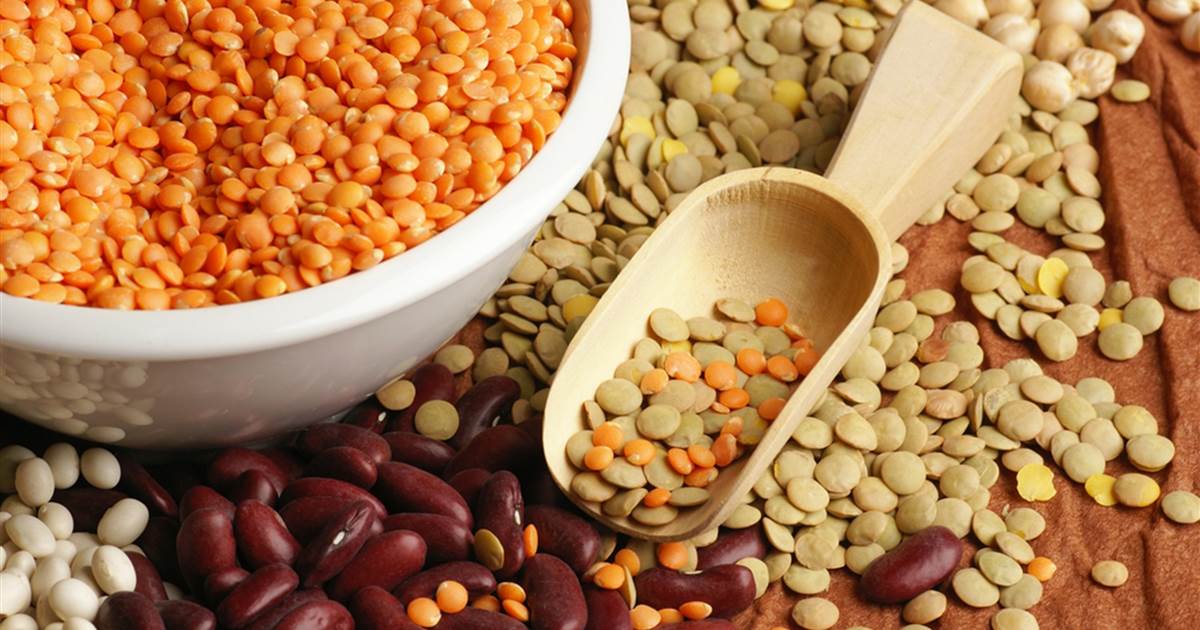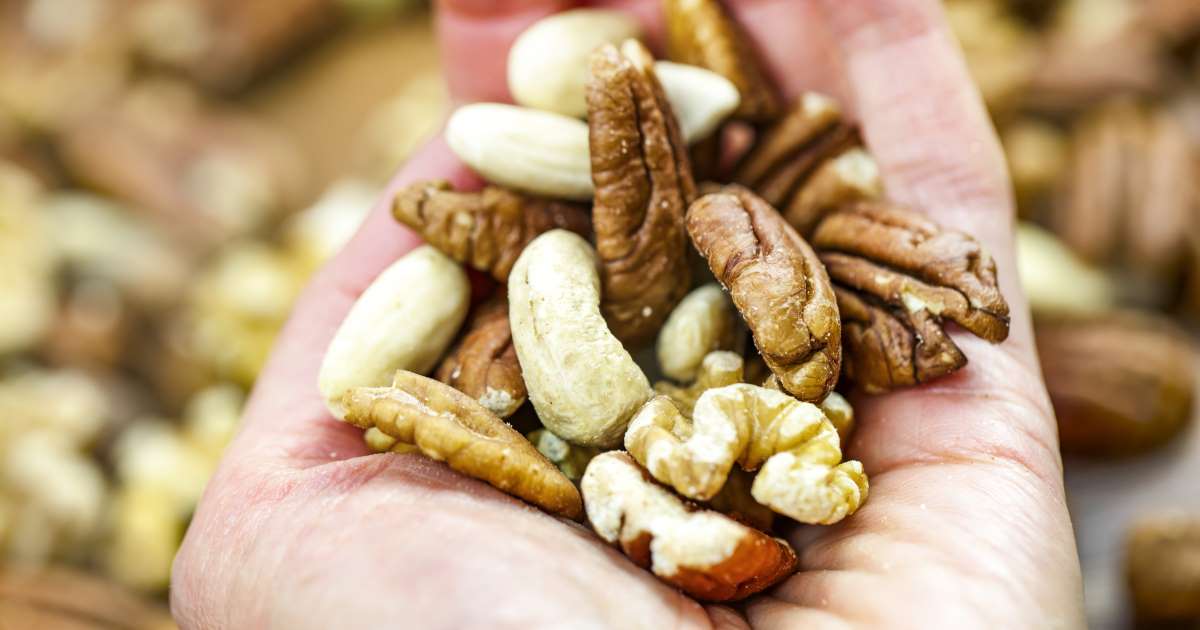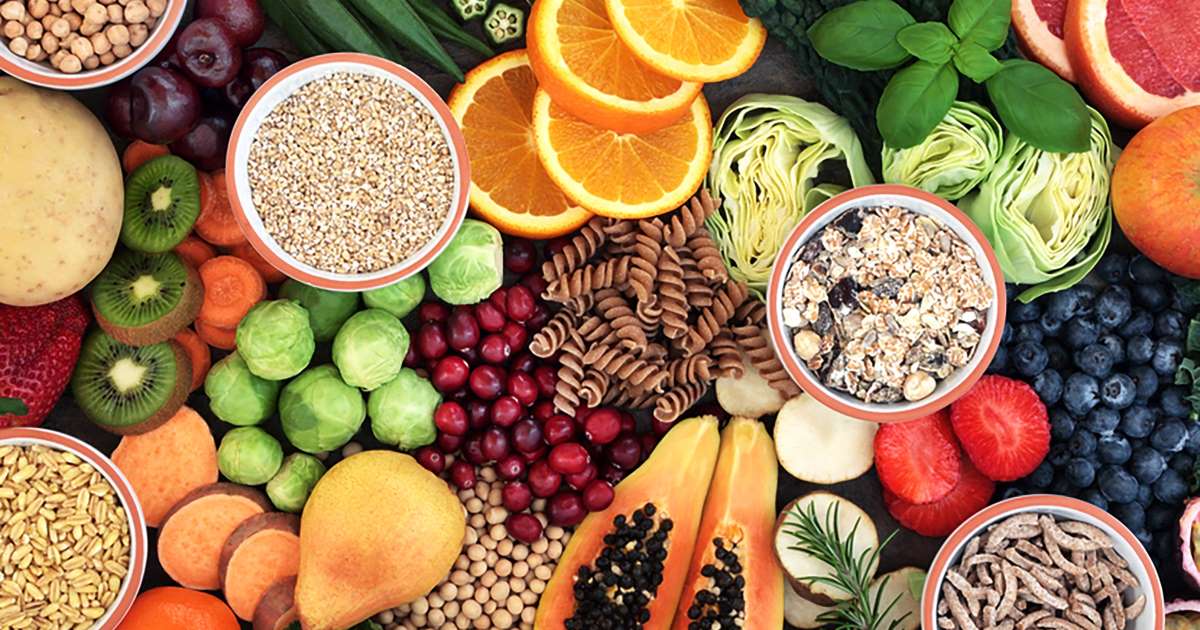Comparing Soluble And Insoluble Fiber
Increasing fiber intake is often the solution to a myriad of health concerns. Fiber can help with conditions like constipation, regulating blood glucose, and even cancer. There are two types of fiber including soluble fiber and insoluble fiber, and they are found in many plant-based foods. It is recommended women consume twenty-five grams of fiber per day while men should take in thirty-eight grams of fiber per day for optimal health benefits. Many individuals fall far below this amount. This guide will compare these two fibers along with the health benefits of each, beginning with the basic definition of soluble and insoluble fiber.
Basic Definition Of Soluble And Insoluble Fiber

Soluble fiber, once ingested, absorbs water and forms into a sticky, gel substance in the intestines, which helps slow digestion. Soluble fiber is most often found in beans, lentils, and peas. It can also be found in some fruits and vegetables. Insoluble fiber is sometimes called roughage and it includes the tougher fibers of whole grains, nuts, fruits, and vegetables. Insoluble fiber does not absorb nor dissolve in water, and it cannot be broken down by the intestines. Essentially, it adds the bulk to waste and acts like a cleaner to the intestines and colon. Both types of fiber play different roles in the body and both have preventative and corrective health benefits.
Health Benefits Of Soluble Fiber

Since soluble fiber absorbs water and turns into a sticky gel in the gut, it is able to trap cholesterol and sugar, preventing them from being absorbed by the body. This helps lower cholesterol and sugar in the blood. It also helps lower cholesterol by binding to bile acids and flushing them out with waste. This makes the body create more bile acids, which requires cholesterol, therefore taking more out of the bloodstream. The gel also acts as a protective barrier to the sensitive cells of the colon.
Beyond helping regulate blood sugar and lowering cholesterol, the health benefits of soluble fiber also include enhancing good bacteria in the gut. Healthy gut flora is responsible for improved immunity, has anti-inflammatory effects on the body, and has been shown to enhance mood. For weight loss, soluble fiber helps individuals feel fuller for longer periods, decreasing the chances of over-eating.
Health Benefits Of Insoluble Fiber

Made of the tough, fibrous tissues and skins of plant-based foods, insoluble fiber helps move digested food through the intestines. It does not absorb water, so it stays in rough form and acts like a broom sweeping through the intestines. This sweeping action helps clean out the intestines and colon, relieving constipation and keeping bowel movements regular. Since it creates bulk in bowel movements, they are easier to pass. Insoluble fiber can also help to prevent conditions like diabetes by benefiting insulin resistance in both healthy individuals and those already dealing with diabetes. Other health benefits of insoluble fiber include reducing the risk of heart disease and colon cancer.
Health Benefits Of Both Types Of Fiber

Since humans do not have the right enzymes to break down fiber, it easily passes through the body without absorption. There are serious health benefits of both types of fiber including feeling satiated for longer periods, easier bowel movements, and the prevention of certain diseases. Increasing dietary fiber can even the way fats, sugars, and proteins are metabolized and absorbed. When working together, insoluble fiber and soluble fiber help collect excess sugars, cholesterol, and bile salts from the body and push it out. Since both insoluble and soluble fibers work differently in the body and benefit different conditions, it is important to increase the consumption of both.
Best Sources Of Fiber

Though fiber is not considered a macronutrient, its beneficial role in health and digestion is unmistakable. Fiber can be found in a large variety of sources, so it is easy to increase dietary fiber intake. Fiber is found to some extent in most plant-based foods. However, canned or otherwise processed fruit and vegetables tend to have lower levels of fiber than raw or lightly cooked fruits and vegetables. The best sources of fiber include dark chocolate, sweet potatoes, chia seeds, popcorn, oats, nuts, chickpeas, Brussel sprouts, carrots, bananas, apples, strawberries, and quinoa. Essentially all whole grains, legumes, nuts, seeds, and most fruits and vegetables have at least some dietary fiber.
